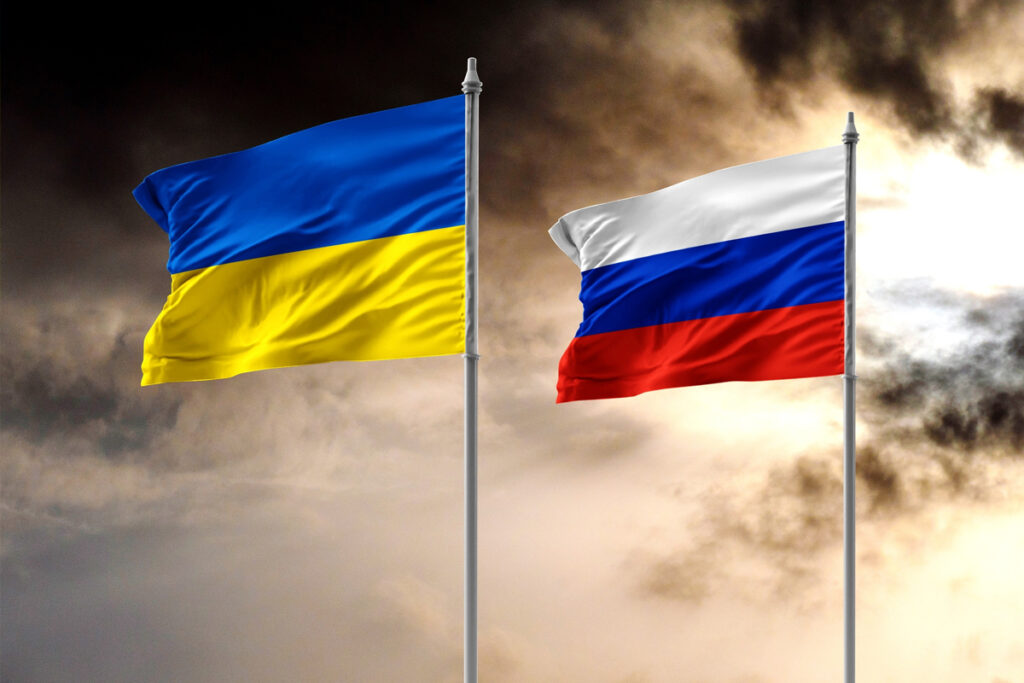The United States is ramping up diplomatic efforts to establish a partial ceasefire in Ukraine’s ongoing war, holding separate meetings with both Ukrainian and Russian delegations. Despite a general agreement on a 30-day ceasefire in principle, key points of contention remain, particularly regarding what infrastructure should be protected from attacks.
Back-to-Back Diplomacy: U.S. Meets Both Sides Separately
U.S. negotiators met with Ukrainian officials on Sunday and Russian representatives on Monday in Riyadh, Saudi Arabia, to iron out details of a potential ceasefire. Although a limited ceasefire was agreed to in principle last week, consistent drone and missile strikes from both sides have continued.
One of the thorniest issues is what types of infrastructure would be shielded from attacks. The White House insists that “energy and infrastructure” should be covered, while the Kremlin only narrowed the definition to “energy infrastructure” only. Ukrainian President Volodymyr Zelenskyy expressed his concerns, saying he wants broader protections, including for railways and ports.
A Black Sea Pause and Ongoing Violence
Negotiations in Riyadh also focus on a proposed pause in hostilities in the Black Sea to protect commercial shipping routes. Steve Witkoff, Trump’s special envoy, expressed optimism: “I expect some real progress,” he said on Fox News Sunday, adding that a temporary stop in the Black Sea could “naturally gravitate into a full-on shooting ceasefire.”
Despite the ongoing talks, violence continues. Russia claimed a Ukrainian drone targeted an oil pumping station in southern Russia, while Ukraine blamed Russia for shelling energy facilities. Kremlin spokesman Dmitry Peskov countered that Ukraine’s accusations were “absurd” and insisted Russia has halted attacks on energy sites as ordered by President Vladimir Putin.
Russia and Ukraine Point Fingers Over Attacks
Zelenskyy has emphasized Ukraine’s readiness to commit to a full 30-day ceasefire: “Since March 11, a proposal for an unconditional ceasefire has been on the table, and these attacks could have already stopped. But it is Russia that continues all this,” he said Sunday.
However, Putin demands a halt to Western arms shipments and a freeze on Ukraine’s military mobilization — terms Kyiv and its allies refuse. Zelenskyy called on the U.S., Europe, and others “to stop this terror” by increasing pressure on Russia.
Cyberattack Hits Ukraine’s Railways
While kinetic attacks continue, Ukraine’s infrastructure also faces a digital threat. On Sunday, state railway operator Ukrzaliznytsia reported a “massive targeted cyberattack” that disrupted its online booking system. “The railway continues to operate despite physical attacks on the infrastructure, and even the most vile cyberattacks cannot stop it,” the company stated on Telegram.
Fortunately, train operations were unaffected, though the cyberattack adds to growing concerns over hybrid warfare targeting critical infrastructure.
Ukraine Launches HIMARS Strikes, Russia Responds
Ukraine’s Special Operations Forces announced it used U.S.-supplied HIMARS rocket systems to destroy four military helicopters at a Russian airfield in Belgorod. The helicopters were reportedly stationed at a covert launch site used for surprise attacks on Ukrainian forces.
Meanwhile, a Russian missile struck Sumy, injuring 65 people, including 14 children. Authorities noted that children were being evacuated from a school when the attack occurred, narrowly avoiding tragedy.
China Denies Peacekeeper Role Amid Global Speculation
As discussions around enforcing any peace agreement swirl, China quickly denied rumors that it might deploy peacekeeping forces. “Let me stress that the report is completely false. China’s position on the Ukraine crisis is clear and consistent,” said Chinese Foreign Ministry spokesperson Guo Jiakun.
Though China has provided Russia with economic and diplomatic support, it has refrained from supplying weapons or personnel — unlike its ally North Korea, which has reportedly sent troops to aid Russia.
As hopes for a ceasefire flicker amid ongoing violence, the U.S. continues to balance this complex geopolitical landscape. With high-stakes meetings in Riyadh and public calls for peace from all sides, the following steps could shape the course of the war in Ukraine. Whether these efforts can overcome entrenched mistrust remains to be seen, but as Grigory Karasin noted, talks are proceeding in a “creative way,” and both sides “understand each other’s views.”



